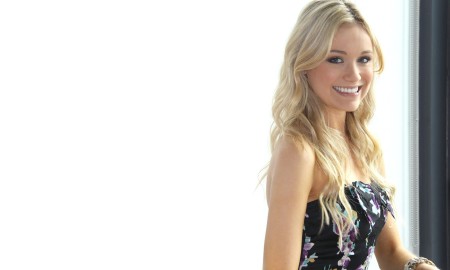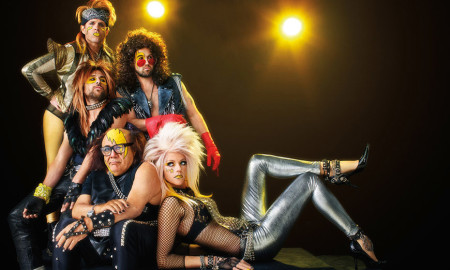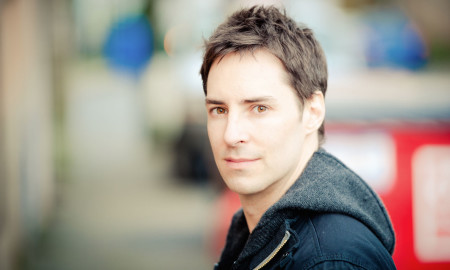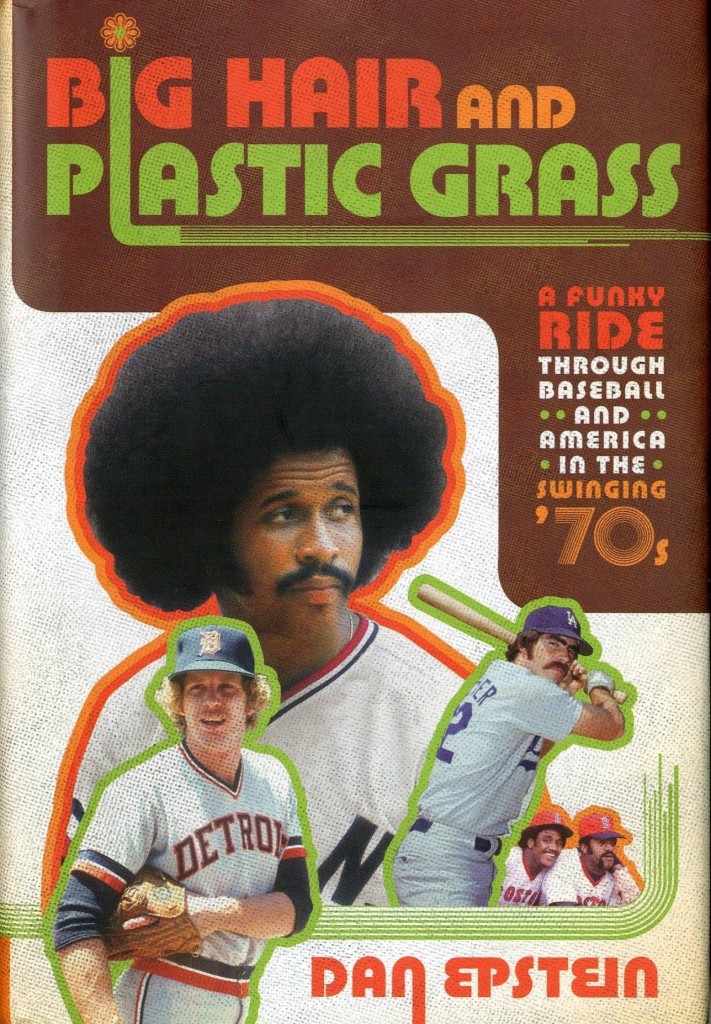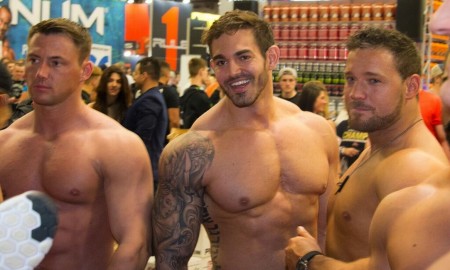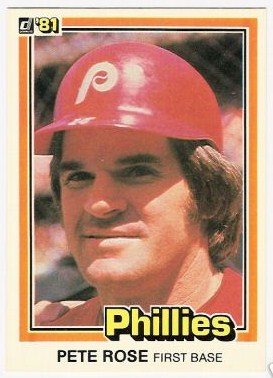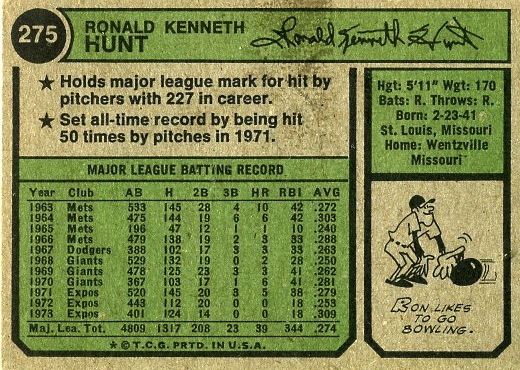

‘70s Baseball: Hairs vs. Squares, Fake Grass, and Disco Demolition.
Who did you root for? The hairs or the squares? It wasn’t a dream. It really happened. People looked that way, dressed that way and played that way. Yes, the uniforms were that tight… and, oy, those colors.
Dan Epstein tells us so in his awesome book, Big Hair and Plastic Grass: A Funky Ride Through Baseball and America in the Swinging ‘70s.
A ride indeed, in an AMC Gremlin over a road of potholes. Hang onto your seats. It’s going to be a bumpy decade.
Here, we talk with Dan about what it was like stayin’ alive in the big leagues, gettin’ our turn at bat.
Major League Baseball pretty much stayed the same during most of the twentieth century, but in the 1970s, something happened.
It’s always been a conservative game, really. Even now, to some degree, there is an element of conservatism to it.
The ‘60s is when you really see how far apart baseball and pop culture were.
In the ‘70s, the bubble around the sport is pierced and you start seeing players expressing themselves on the field.
Let’s start with the obvious: those horrid new stadiums and the Astroturf.
The “concrete donuts” of the ‘70s were built to be multipurpose stadiums. On one hand, it was an improvement over the old stadiums, in a sense that there were no steel girders blocking fans’ views, and the seats were wider and more comfortable.
But because of the way they were shaped, everybody was farther away from the action. There wasn’t that sense of intimacy that you had at Tiger Stadium or Fenway or Wrigley Field.
Part of the multipurpose function was the artificial turf [Astroturf]. It was easier than pulling up the diamond and putting down the gridiron.
It really changed the way the game was played. The ball took much bigger and faster hops. The teams that won on artificial turf did so by taking advantage of that fact. If a line drive bounces correctly, it can be an in-the-park home run.
Jim Bouton’s 1970 blockbuster book, Ball Four, was an expose of baseball players, both on and off the field. Fans ate it up, but it did not make a lot of players happy.
Ball Four was pretty raunchy for a sports book at the time. It was a baseball book about players chasing groupies, and the way players talked to each other in an unvarnished way.
It presented these guys as guys, not these white-knight American idols. Just your average, horny, foul-mouthed athletes.
The Astros actually burned a copy of it in their dugout. Pete Rose yelled at [author Jim Bouton], “Fuck you, Shakespeare.” It’s like Bouton breached the clubhouse code. Up to that point, what went on among ballplayers on the road was pretty much unknown to the public.
These were not the days of millionaire ballplayers, like today.
In the days before free agency, most of the ballplayers were living a pretty much middle-class existence at best. A lot of them were working odd jobs in the off-season to make ends meet.
The counter-culture revolution in baseball seems to have first sparked with the Oakland A’s
The whole explosion of long hair and mustaches started with the 1972 Oakland A’s.
This all happened because Reggie Jackson came into spring training with a full beard. The team actually had rules about grooming, but Reggie being Reggie, said, “Fuck that. I’m going to wear this beard.”
[The management] offered to pay the rest of the team to grow mustaches and beards to steal Reggie’s thunder. But the players found that they were playing better with the mustaches on. Baseball players are a very superstitious breed.
The A’s were playing better together with the facial hair. It was also a bonding thing.
In 1972, their opponents in The World Series were the Cincinnati Reds, who had really stringent player grooming parameters.
The media played it up: The Hairs vs. The Squares World Series.
The message: you can look like a hippie and still play world champion baseball. After that, a lot of teams started relaxing their restrictions.
Relaxed indeed. We’re talking about Afros, muttonchops, and porn ‘staches.
You can’t talk about ‘70s baseball hair without talking about Oscar Gamble. He’s on the cover of the book for good reason. He had the largest Afro ever seen on a major-league player. There were plans for him to do an Afro Sheen commercial.
There were a lot of white guys wearing essentially perms: Mike Schmidt, John Montefusco, Randy Jones, Mark Fidrych of the Tigers. That was no perm – that was actually his hair.
Dock Ellis was spotted in the Pirates’ bullpen wearing pink curlers in his hair.
Joe Pepitone was a special case. That was a wig. In the ‘60s, he was the first ball player to bring his own hair dryer into the locker room. He bought these special toupees, for on the field and off the field.
The uniforms of the ‘70s had a special, uh, uniqueness.
That was such a colorful period for uniforms. The Houston Astros had Tequila Sunrise stripes. You could make an argument that that was the ugliest uniform ever worn. On the other hand, you can make the argument that that was the most awesome uniform ever worn.
I have a soft spot for the Chicago Cubs pajamas. They were baby blue with white pinstripes. It was a combination that no one ever used before or after. They were really hideous, especially with the elastic waistband.
For three days in 1976, the White Sox went out on the field wearing shorts. It never happened in the majors before or since. It’s so badly scarred in White Sox fans’ minds that to this day a lot of them believe that they wore shorts all season.
Stadium promotions of the ‘70s had a special air of desperation about them.
Promotions in baseball stadiums [prior to the ‘70s] were limited to Ladies’ Day or Family Day.
[Franchise owner] Bill Veeck was the first to try to pull in people with giveaways and lotteries, anything that would get some press and get people into the ballpark. It was really frowned upon by most of the other owners.
The ‘70s had some of the most successful seasons in terms of attendance. But the NFL was becoming much more popular. The NBA hadn’t yet elevated itself to the point that it would be in the ‘80s. Baseball was no longer the big sport in America. They were being challenged by other sports. You had to give people some kind of reason to show up.
Even if it meant witnessing a streaker running naked across the field.
Well, you can’t talk about the ‘70s without talking about streaking.
It hit critical mass around 1974. That was the famous Chicago White Sox opening day where it was 38 degrees but you have all these streakers running across the field at Comiskey Park between pitches and that got the crowd riled up.
At any sporting event in the mid-‘70s, chances are you were going to see a streaker at some point. It went along with the whole ‘70s “do your own thing” and the body beautiful and the throwing off of the conservative shackles. And it was always good for a laugh.
The Atlanta Braves’ Hank Aaron, an African American, beat Babe Ruth’s home-run record in the ‘70s, but many people were not enlightened enough to accept it.
It looked like he was going to break the record in 1973, and that’s when he got the bulk of the hate mail. The notion that a black man would be breaking Babe Ruth’s record, which stood for about 40 years at that point, really didn’t sit too well. By 1974, it was obvious that he was going to do it and there was a lot of anticipation.
Sports marketing was in its awkward infancy in the ‘70s. It was not the sophisticated, sleek machine it is today.
Nobody really knew what they were doing. Pete Rose for instance: not a particularly attractive man, not a man I would think people would look to for grooming tips, shilling for Aqua Velva.
Brace yourself and watch the commercial here:
There were oddball things like the Johnny Bench Batter Up, which was a hitting aid for kids. It didn’t really work unless you poured your own cement base for it. You had to go down to the hardware store and buy a sack of cement.
There were also teams recording pop songs and those records were getting airplay and hitting The Top 40.
That goes back to the Sixties. The 1969 Cubs were one of the first with a record called “Pennant Fever.”
Several members of the team sang about how they were going to go all the way in ’69, which of course did not happen.
The Phillies had “Phillies Fever” in 1976, recorded by five players. That’s actually my favorite one of the era. It’s sort of a disco song and it has low-budget “Sound of Philadelphia” strings, which is very appropriate for the period and the geographical location. And they bring CB radio lingo in at one point: “The Phillies are gonna go all the way, good buddy. 10-4.” It’s a terrible record, but I love it.
Try to listen to it here:
It seemed like the end of the decade came with Disco Demolition Night at Comiskey Park in 1979. It was one of the all-time great fiascos.
That was one of those promotions that we can all agree that it got out of hand. But beyond that, opinions are widely varied.
A local DJ, Steve Dahl, really beat the drum for “Disco Sucks.” The whole anti-disco movement really caught fire in the mid-‘70s.
Disco probably reached its cultural and artistic high point around the time of Saturday Night Fever (1977). After that, it really became “product.” The Top 40 was completely gutted with disco music.
The disco backlash manifested itself in the anti-disco night at Comiskey Park. Not even Steve Dahl knew how popular this event was going to be. I think they expected to draw maybe an extra 20,000 at best, for a really awful White Sox team. And this was a team that was putting on promotions all summer and not really drawing people. But the place completely sold out.
You bring a disco record to the stadium to be destroyed and you would get in for 98 cents. People are coming just to party. Most are not even getting into the ballpark; they’re just hanging out and smoking weed and getting wasted.
So many people were bringing in disco records that after a while, ushers stopped taking them from people. People are so jazzed by [the record pile being blown up] that they start running out onto the field. It just destroyed the field.
The second game of the double-header had to be forfeited. In some ways, this is a black mark. It’s ‘70s baseball promotions gone awry.
At the same time, for a whole generation of Chicago kids, this was one of the fondest touchstones. It was a moment of anarchy and liberation. The meaning of disco demolition will be debated until the end of time, but it was definitely a pretty colorful way to end the ‘70s.
Witness it here:
You mention in your book that baseball looked very differenti n 1979 than it did in 1970.
Oh, yeah, and not just the grooming and the uniforms. The designated hitter was introduced in 1973, and by 1976, it’s in the World Series.
Also, the players’ salaries [rose], when the reserve clause was finally banished in 1976. They hold the very first free agent re-entry draft. Suddenly, players are signing for a million dollars over ten years, which now sounds like chump change, but for baseball players then, this was huge.
The whole salary structure gets massively overhauled by the end of the ‘70s. This is not just adjusting for inflation. This changes the way teams are constructed. It drives “mom and pop shops” out of the business entirely.
Was the thrill gone by the ’80s?
It was for me. I checked out of my baseball obsession around 1985 and didn’t come back until the Sosa/McGwire home run chase in 1998. That whole period in between is just a blank to me. The baseball strike in 1981 took a lot of the wind out of my sails.
Ultimately, how do you sum up the uniqueness of ‘70s baseball?
The ‘70s was this era where you can’t separate baseball from what was happening in the country. That’s one of the things I love about ‘70s baseball.
Read all about it in Dan’s awesome book here
Holler here for Dan’s next book, Stars and Strikes, specifically about baseball in the summer of 1976.

